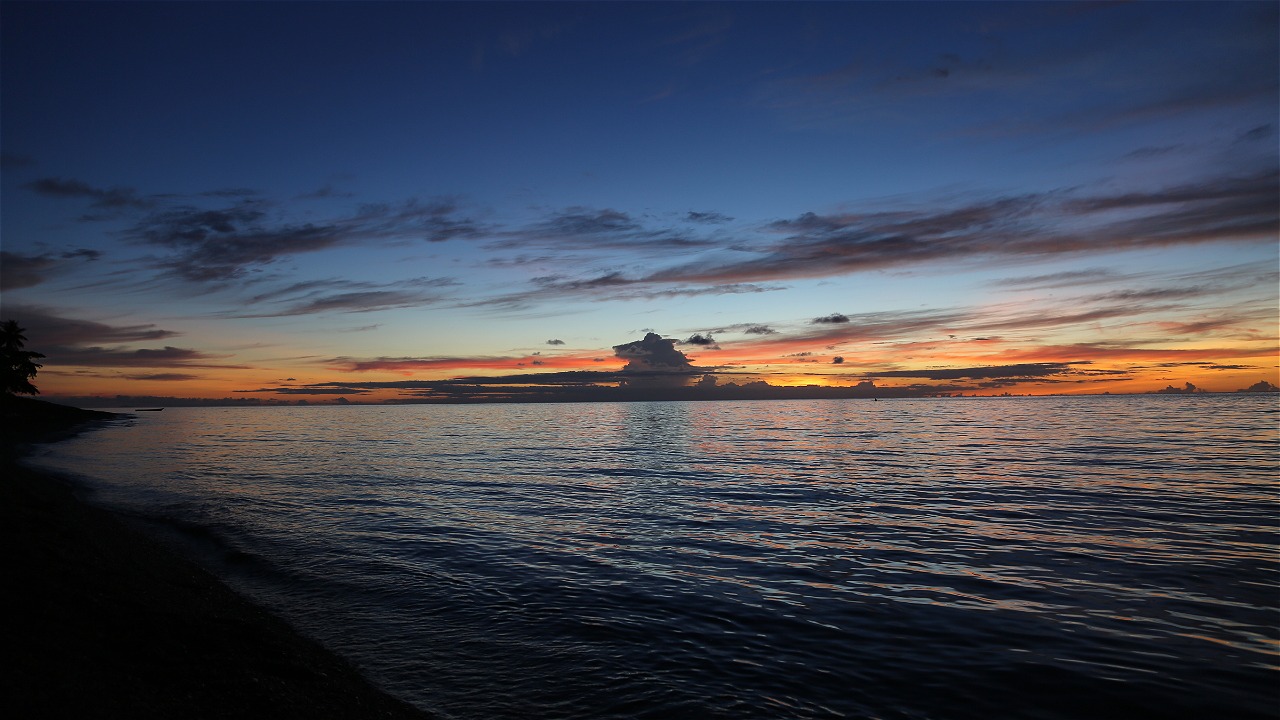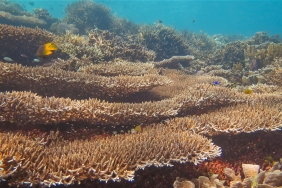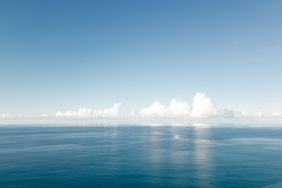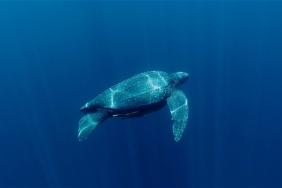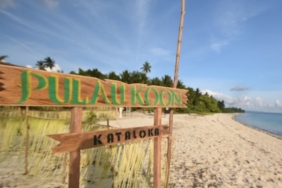CONSERVATION AREAS HAVE NOT YET BECOME A "SANCTUARY" FOR DUGONGS IN KEI ISLAND AND ITS SURROUNDINGS (1)
By: Syarif Yulius Hadinata (Marine Species Assistant) and Taufik Abdillah (Marine Spatial and Monitoring Officer) - Inner Banda Arc Sub-seascape (IBAS), WWF-Indonesia
Dugongs (Dugong dugong)are seagrass-eating herbivorous marine mammals, primarily of the Halophila and Halodule species. They are the only species of the family Dugongidae, and one of four species in the order Sirenia (Marsh et al., 1978).
In Indonesia, dugong habitats spread from Sumatra, Java, Kalimantan, Sulawesi, Bali, East Nusa Tenggara, Maluku, to Papua. However, despite inhabiting almost all corners of the archipelago, according to Salm et al (1982), the number of dugong populations in Indonesia is very low.
In 1970, the estimated number of dugongs in Indonesia reached 10,000 individuals. Meanwhile, in 1994, the dugong population was estimated to be 1,000 individuals. In fact, legally, dugongs are protected through Law No.5 of 1990 concerning Conservation of Biological Resources and Ecosystems and in Law No. 31 of 2004 concerning fisheries.
On an international scale, dugongs are listed in the Global Red List of the International Union for Conservation of Nature (IUCN) with the status of Vulnerable to Extinction, or vulnerable to extinction. Dugongs are listed in Appendix I of The Convention of International Trade in Endangered Species of Wild Fauna and Flora (CITES). This means that dugong body parts cannot be traded in any form.
Regardless of the black and white regulations, the life of dugongs in our country's waters has not been guaranteed. The law does not necessarily have a good impact on the dugong population in Indonesia. On December 22-28, 2016, WWF-Indonesia conducted a Study on the Distribution and Threat of Dugong and Seagrass Habitat in the Kei Islands Waters. By taking the perspective of the people of Dian Pulau, Tetoat, Wirin, and Sitniohoi Villages on Keci Kecil Island, this study turned out to reveal alarming results.< br />
Dugongs still face a variety of high threats - both from natural and anthropogenic factors (human factors). Meanwhile, from anthropogenic factors, dugong poaching can still be found in places where they should be protected: Coastal and Small Islands Conservation Area (KKP3K) Small Island Park, Kei Island, Islands and Surrounding Waters, Southeast Maluku Regency.
In the area that was authorized as a conservation area through the Decree of the Minister of Maritime Affairs and Fisheries of the Republic of Indonesia Number 6/KEPMEN-KP/2016 on February 5, 2016, dugongs are still being caught both for consumption and for trade.
As many as four out of five dugongs caught in 2016 were bycatch from fishermen using nets, while one individual was caught intentionally. If the dugong population continues to decline, how many dugongs will be left in the coming years?

